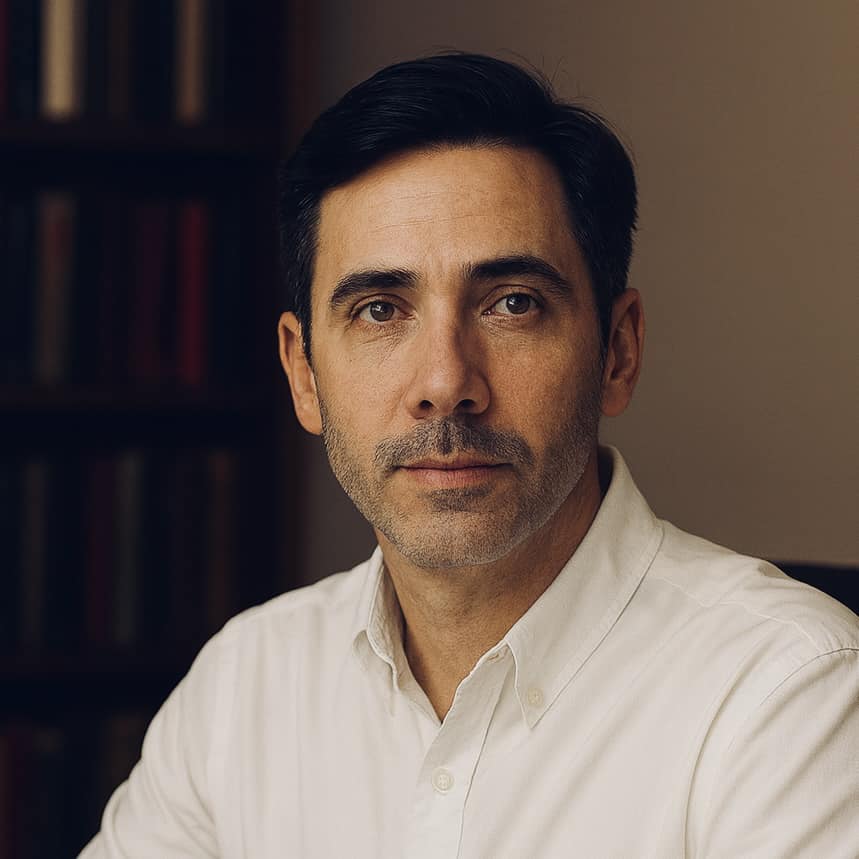What if everything you thought about money was wrong? For years, we’ve been taught to save, stash, and hoard cash as the ultimate path to security. But in a world of rising prices and economic shifts, those dollars in your bank account might be silently betraying you. This isn’t about fear-mongering, it’s about facing reality. Money, as we know it, isn’t the rock-solid foundation we assume. It’s a fragile promise, easily swayed by forces beyond our control. This article will pull back the curtain on money’s true nature and show you why real assets—things that produce value—are your ticket to lasting wealth. Get ready to rethink your financial game plan with insights grounded in history and economics.
You might feel proud watching your savings grow, but here’s the hard truth: cash loses its power over time. Inflation creeps in, prices climb, and suddenly, your hard-earned dollars buy less than they did a year ago. It’s not just about numbers; it’s about what those numbers can do for you. While you’re stockpiling cash, others are building wealth through assets that generate income or hold value no matter what the economy throws at them. From land to businesses, these are the things that anchor true prosperity. Let’s explore why chasing cash is a losing game and how you can shift to a smarter strategy.
The financial world loves to sell us the idea that more money equals more security. But what if money itself is the problem? Its value depends on trust and systems that can falter. Meanwhile, real assets—think property, technology, or even gold—stand firm, producing results regardless of market swings. This isn’t just theory; it’s backed by decades of economic patterns. By the end of this article, you’ll see why hoarding cash is a trap and how to pivot toward assets that build wealth that lasts. Let’s dive in and uncover the truth.

Money Is a “Collective Illusion”
Think of money as a giant group project we’re all part of. At its core, money has no intrinsic value. It’s essentially an “IOU”, a promise recorded in a shared ledger. When you hold a dollar bill or check your bank balance, you’re holding a commitment that society will let you exchange it for goods, services, or assets later.
But money doesn’t create real value on its own. A $100 bill can’t grow crops, generate electricity, or code software. Standing alone, it’s harmless and useless. Its power comes from two key pillars: collective trust and legal backing.
Collective trust is the foundation. We all accept money as a medium of exchange because we believe others will too. If that trust wavers, money’s value can vanish fast. Legal backing seals the deal: governments mandate that money must be accepted for payments, especially taxes. Without these two, money is just fancy paper.
This realization shows why hoarding cash isn’t the safest bet. It relies on societal agreement, a fragile thing that can shift unexpectedly.
Money Is Volatile and Loses Value
Now, let’s talk about why cash isn’t a reliable store of wealth: it’s wildly unstable. Its real value—or purchasing power—constantly fluctuates due to factors like monetary policy and collective psychology.
Central banks control the money supply by “printing” or withdrawing cash through lending policies, which directly impacts its value. If they flood the economy with money, each dollar buys less. Collective psychology plays a role too. If people lose faith in a currency, due to economic crises or political unrest, its value can plummet.
The result? Inflation, the silent thief of purchasing power. Here’s a real-world example: Say your salary rises by 5% this year. Sounds great, right? But if food, housing, and tuition costs jump by 10%, you’re actually worse off. You have more dollars, but they buy less stuff.
History backs this up. In 1971, when President Nixon ended the US dollar’s convertibility to gold, closing the gold standard, the dollar’s value fundamentally changed. Inflation soared in the 1970s. Meanwhile, real assets like copper mines or farmland kept producing value, untouched by policy shifts. They didn’t care if the dollar was backed by gold or not.
Hoarding cash means betting on a system’s stability—a risky wager at best.

Real Assets Are the Core of Wealth
So, if money isn’t dependable, what is? The answer is real assets, tangible things or those capable of generating future cash flow. These aren’t illusions; they’re the bedrock of lasting wealth.
Let’s break them down. Productive assets include land (leased for profit), factories (making goods for sale), or mines (extracting resources). These meet real-world needs and generate steady income. Intellectual property and brands—like technology, software, or patents—create high margins through innovation. Then there are reserve assets, like gold, valued for their natural scarcity.
Real assets have clear advantages. They serve a purpose and produce cash flow: a rented property brings in monthly income, a factory churns out products. Their scarcity helps them hold value—unlike money, you can’t just “print” more land or gold. Most importantly, they’re resilient to monetary swings. Even if a currency tanks, a piece of land still generates rent, and a factory keeps producing.
Here’s a relatable example. Imagine you have $10,000 in the bank. A few years of inflation later, that money buys less. But if you’d invested that $10,000 in a rental property, the rent could rise with the market, giving you passive income. Or picture a coffee shop with loyal customers, it generates cash daily, no matter if inflation pushes up the price of beans.
In short: while money is a fragile measuring stick, real assets represent true, enduring wealth.
Dig deeper: What is financial freedom?
Rethink Your Financial Strategy
Here’s the takeaway: money isn’t the endgame, it’s just a tool. As a collective illusion prone to volatility and devaluation, hoarding cash leaves you vulnerable to inflation and economic shifts. Instead, focus on real assets, things that create value, are scarce, and stand firm against currency fluctuations.
Take action today: review your portfolio. Use cash to buy land, build a business, or invest in technology. That’s how you create lasting wealth, not by chasing fleeting numbers. Remember, true wealth comes from generating value, not stockpiling a shaky measuring tool. Are you ready to rethink your approach? The financial world is waiting for your smarter move.












